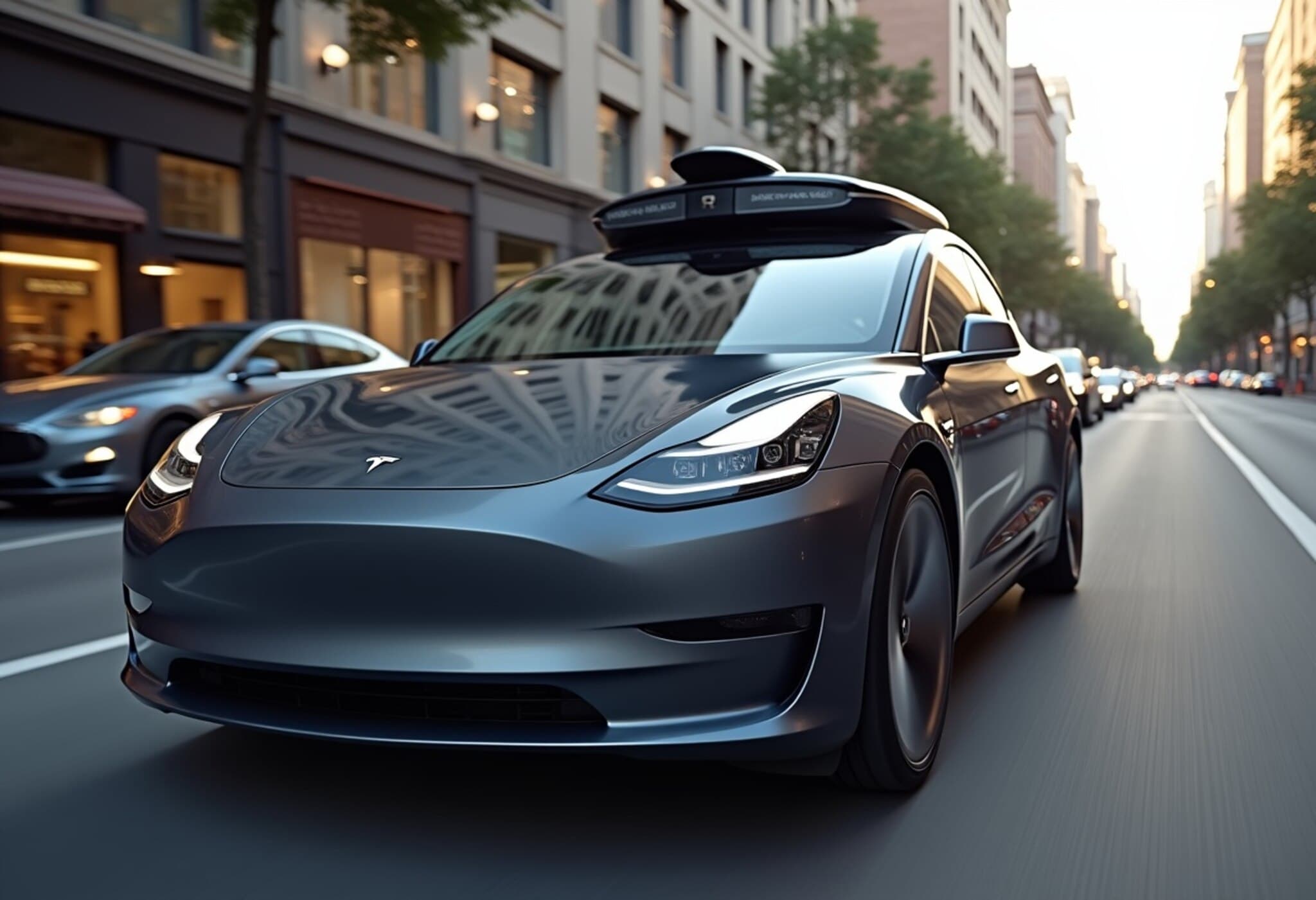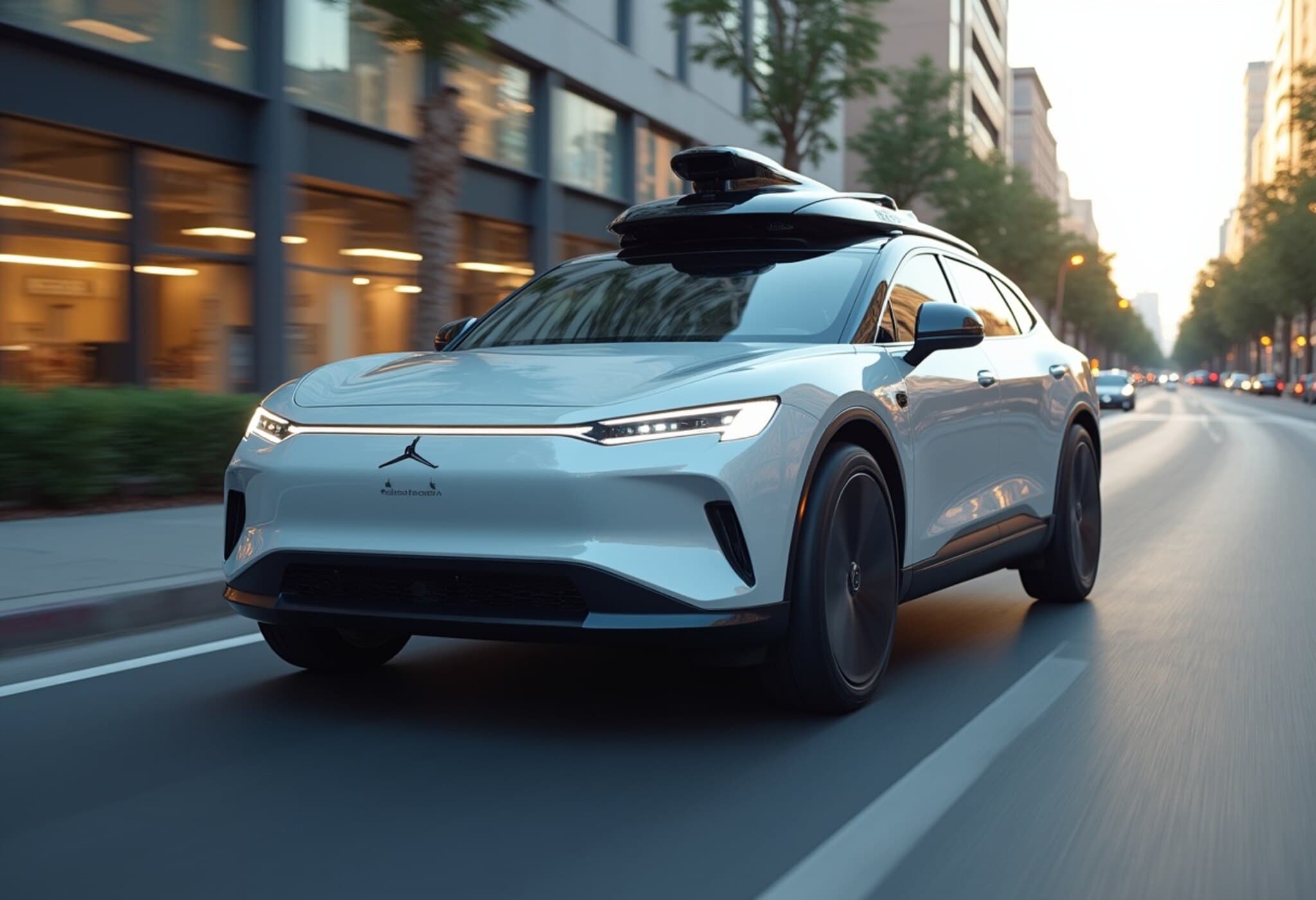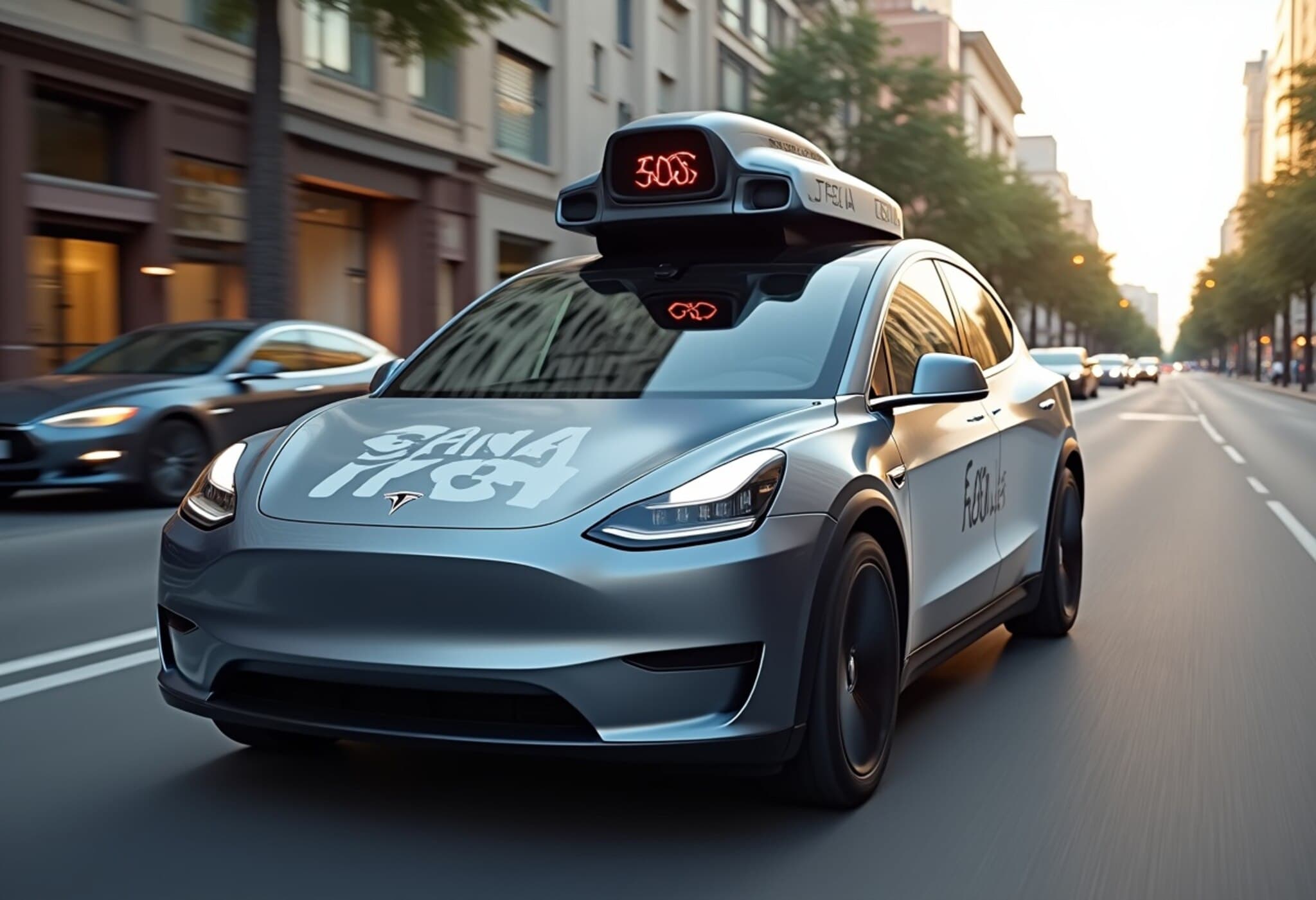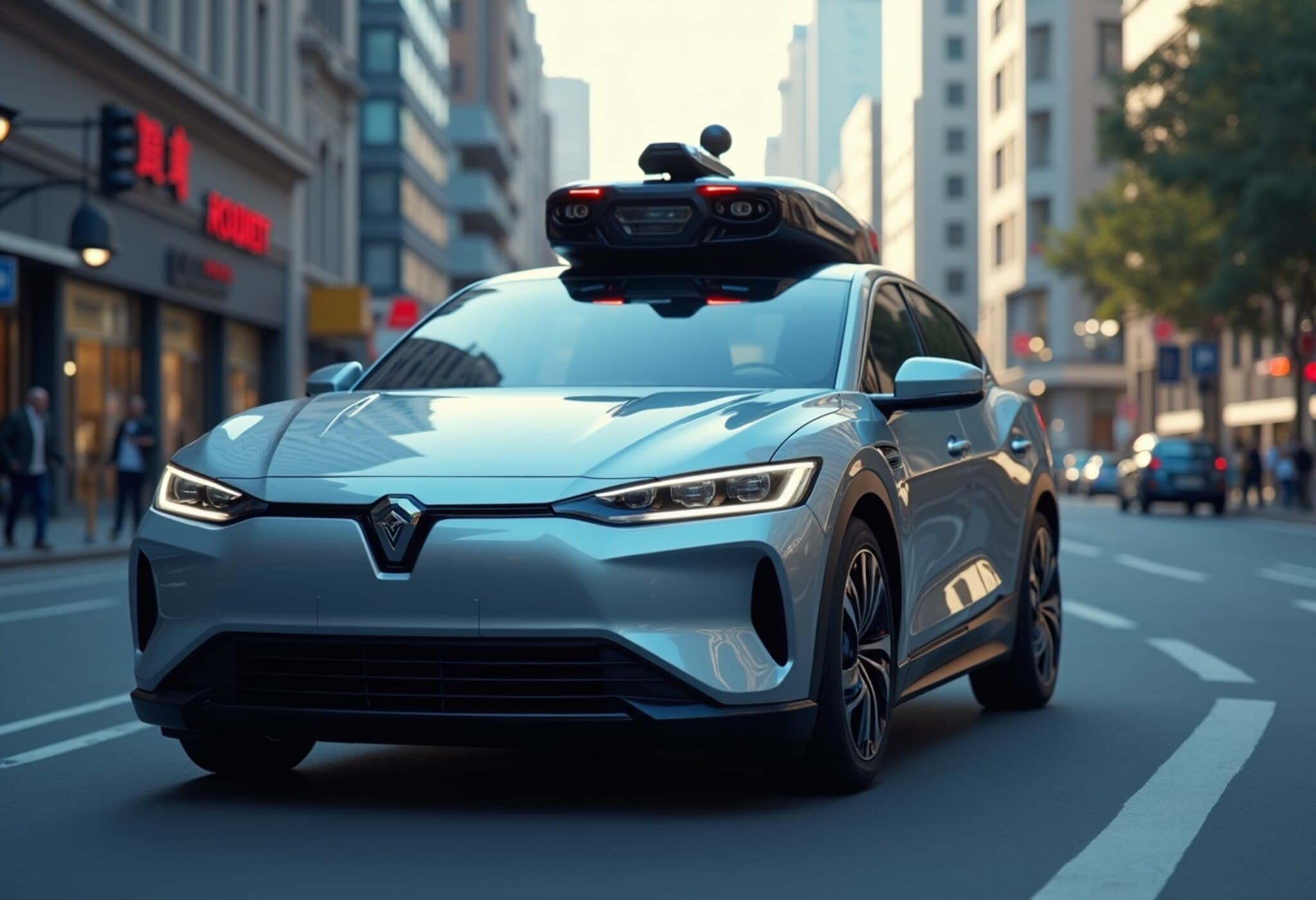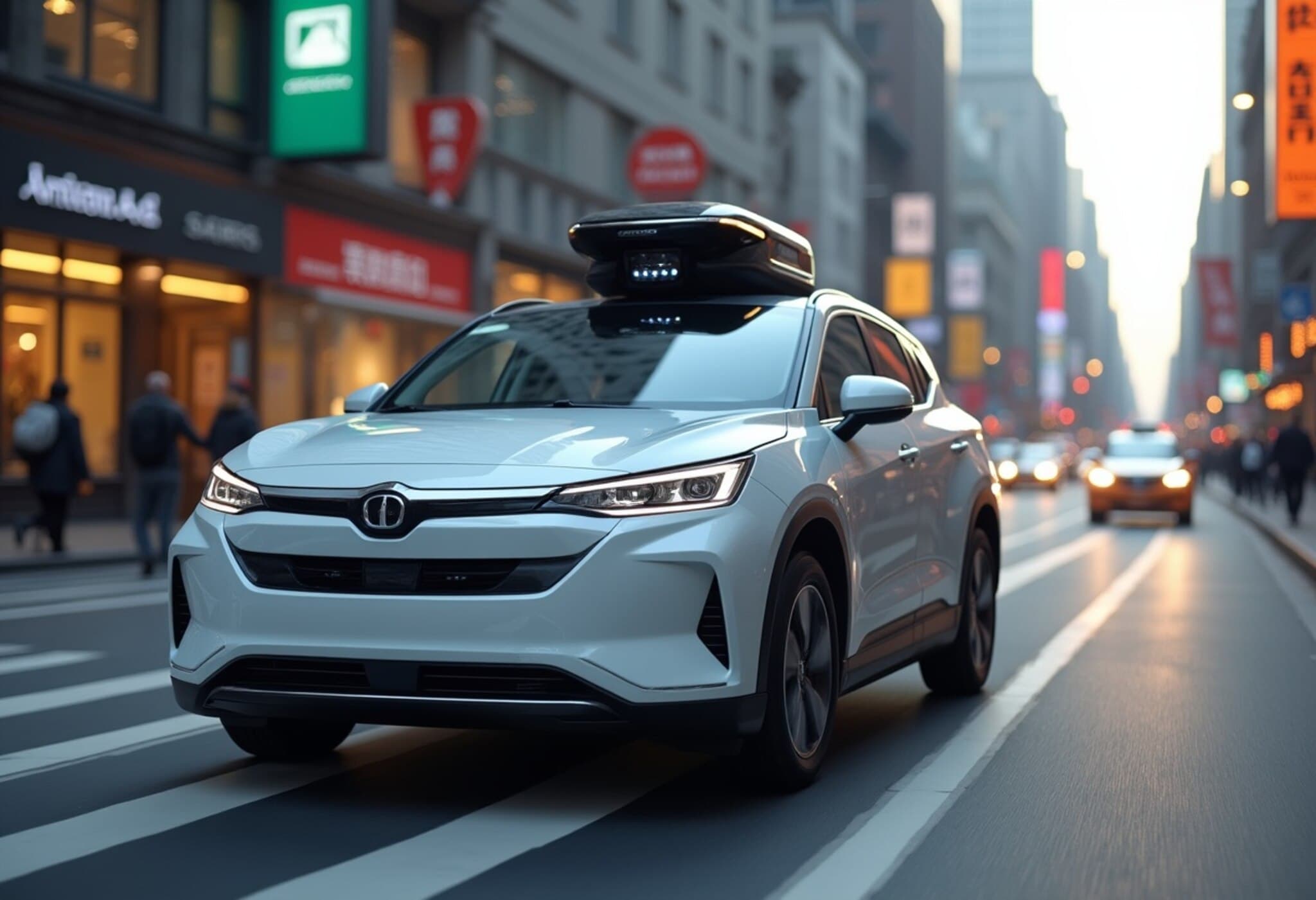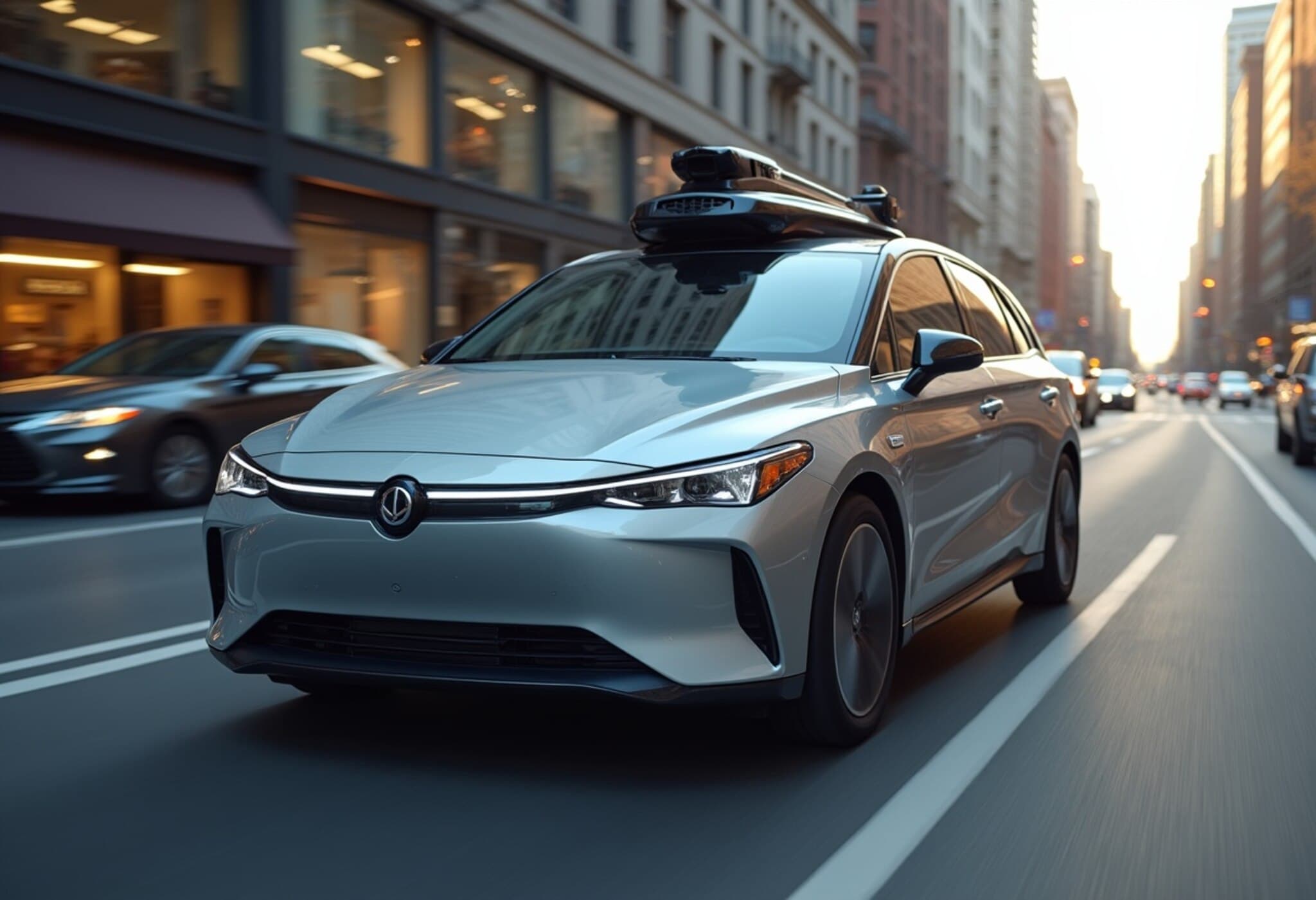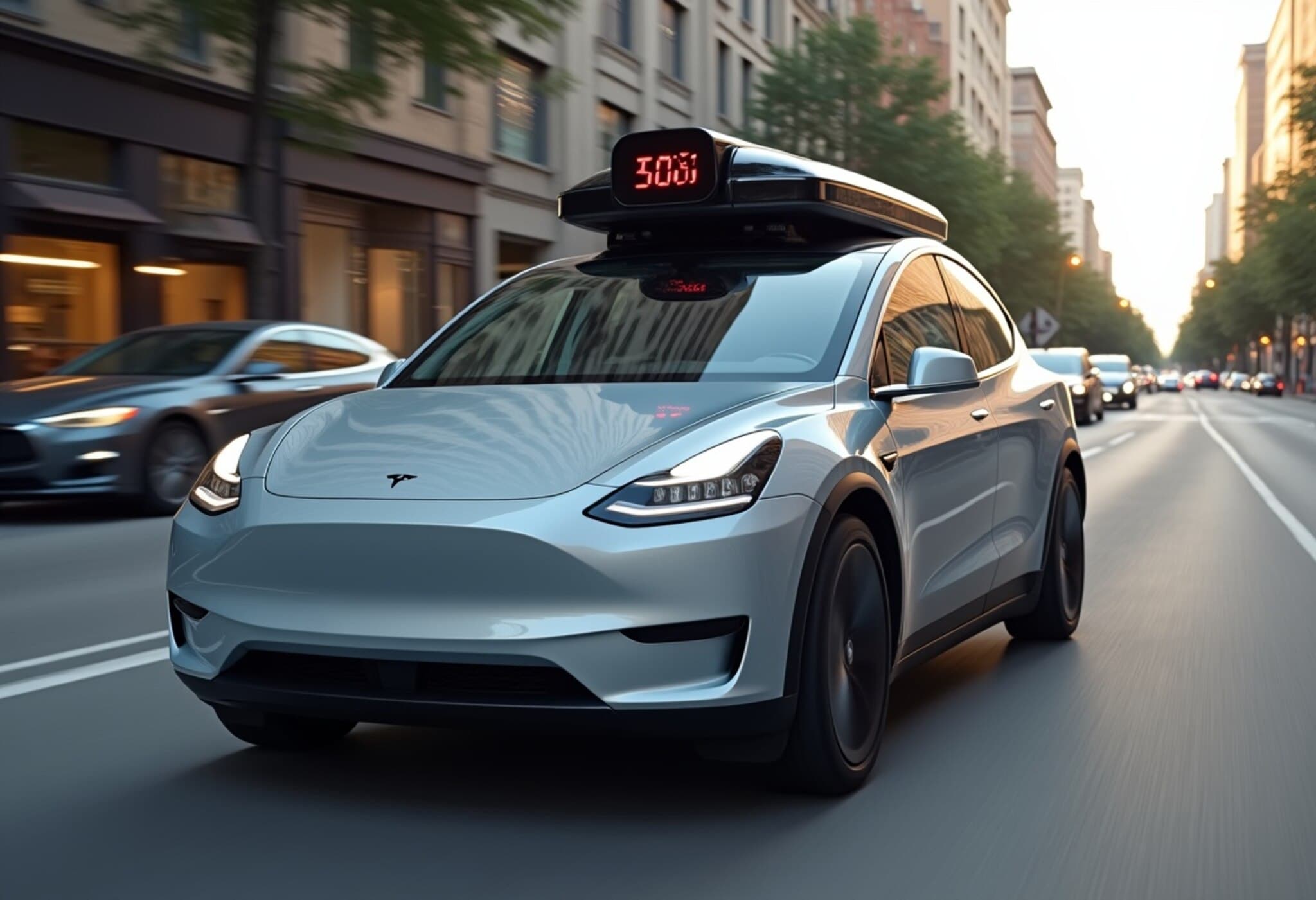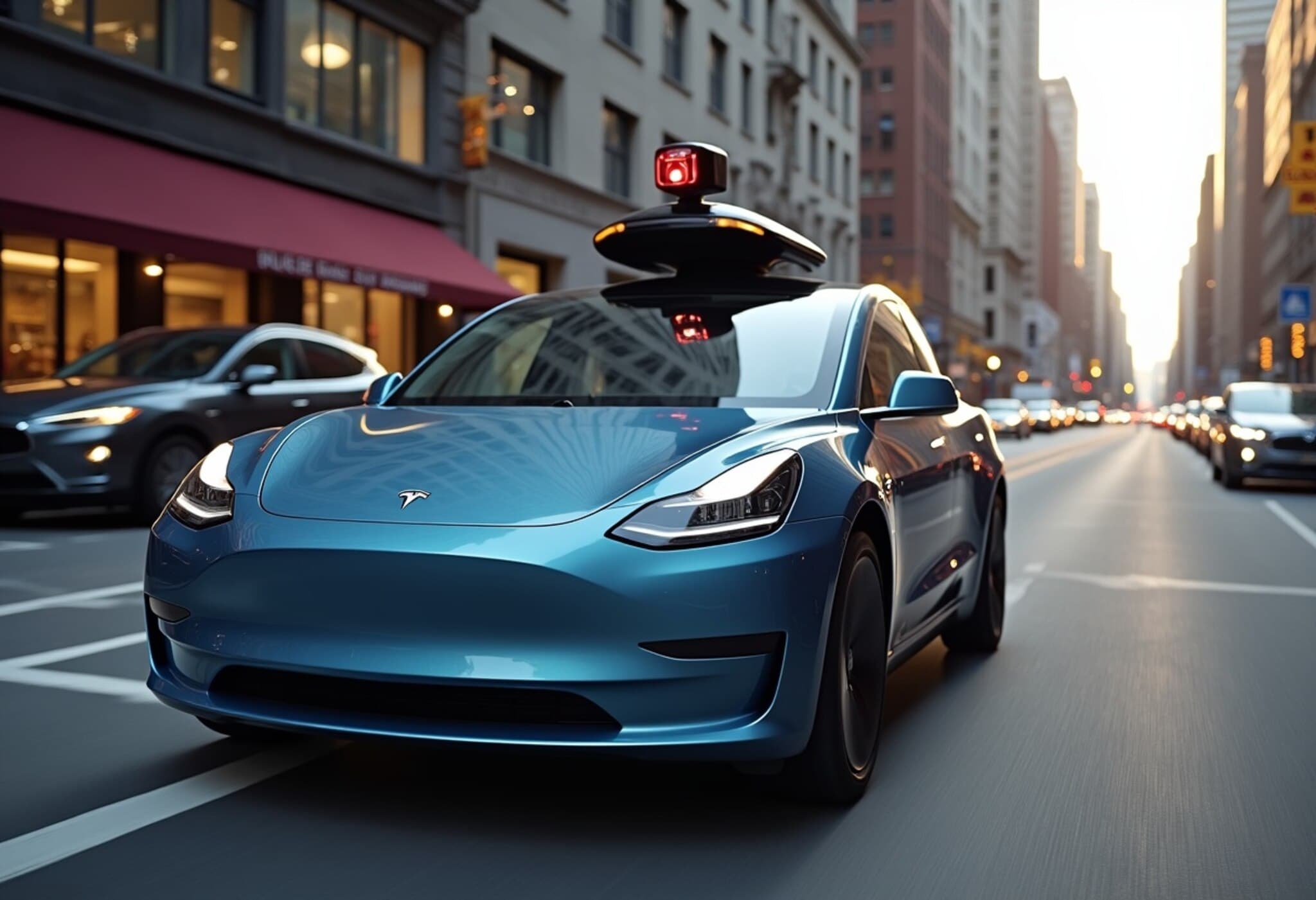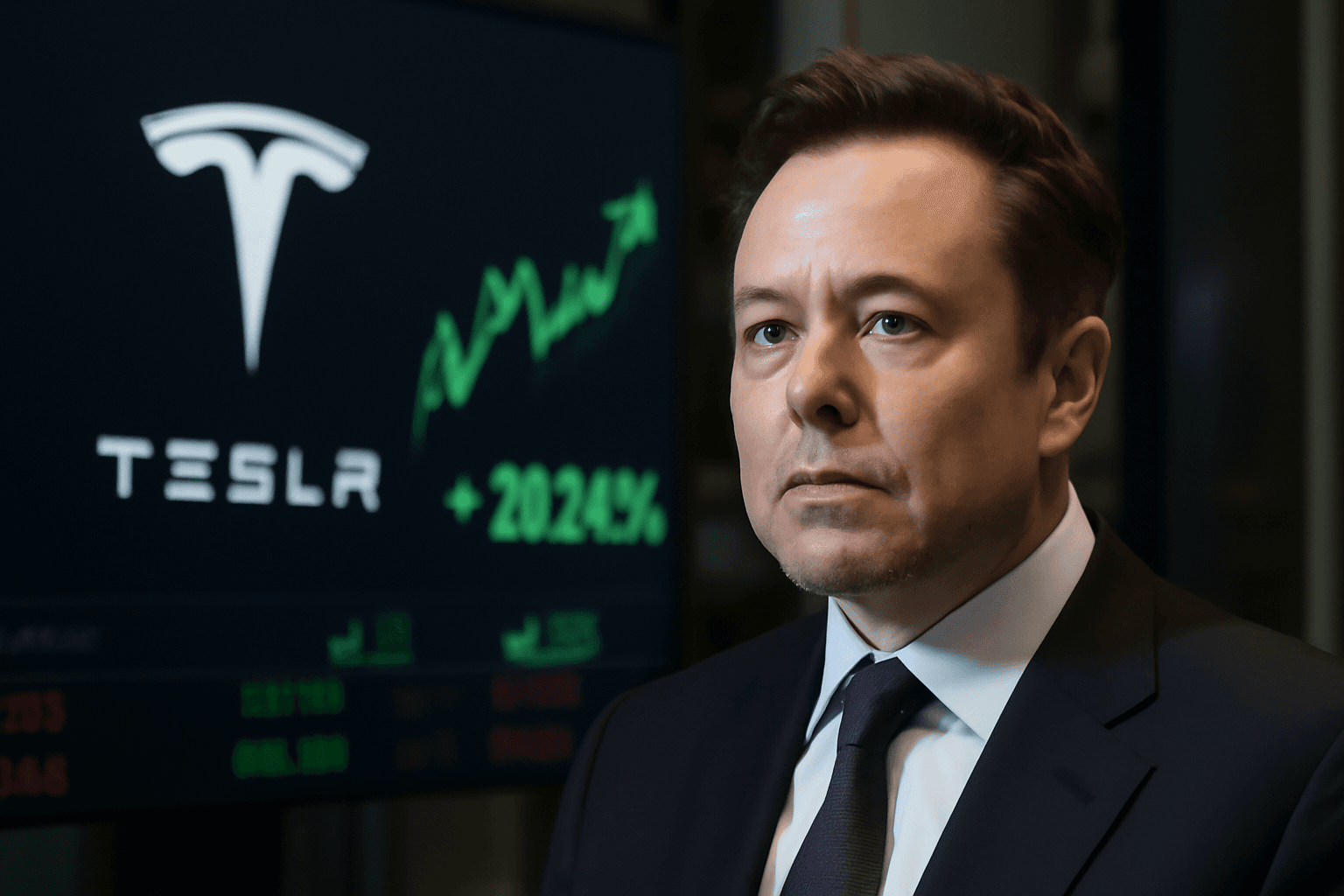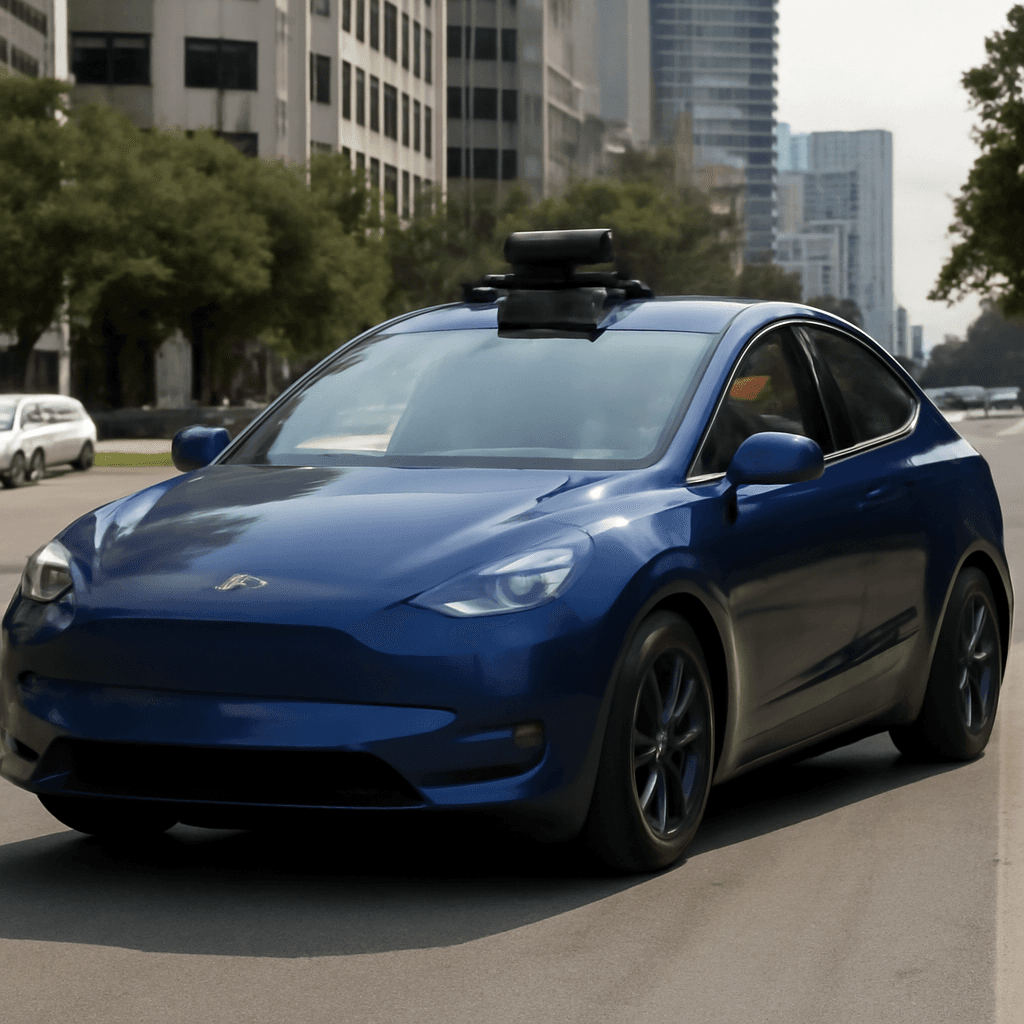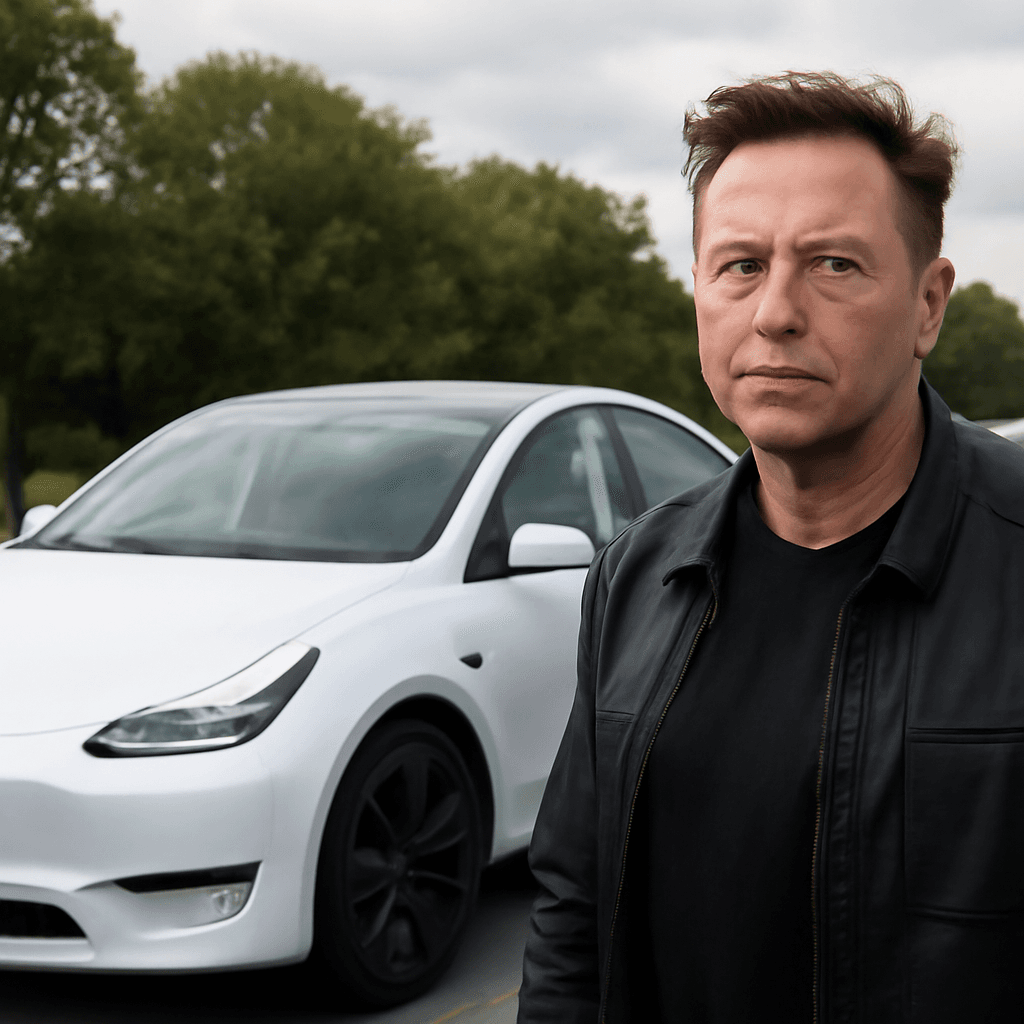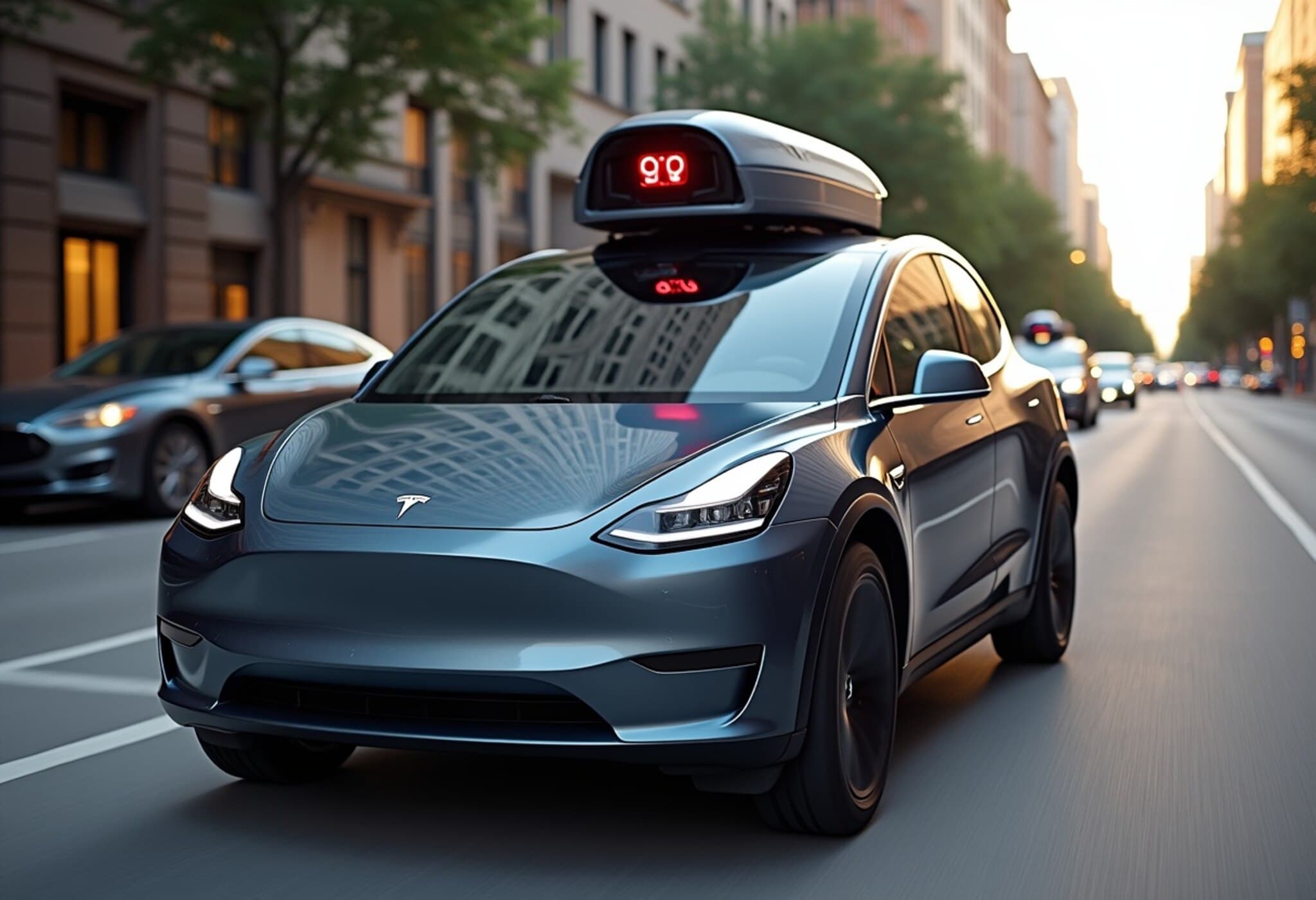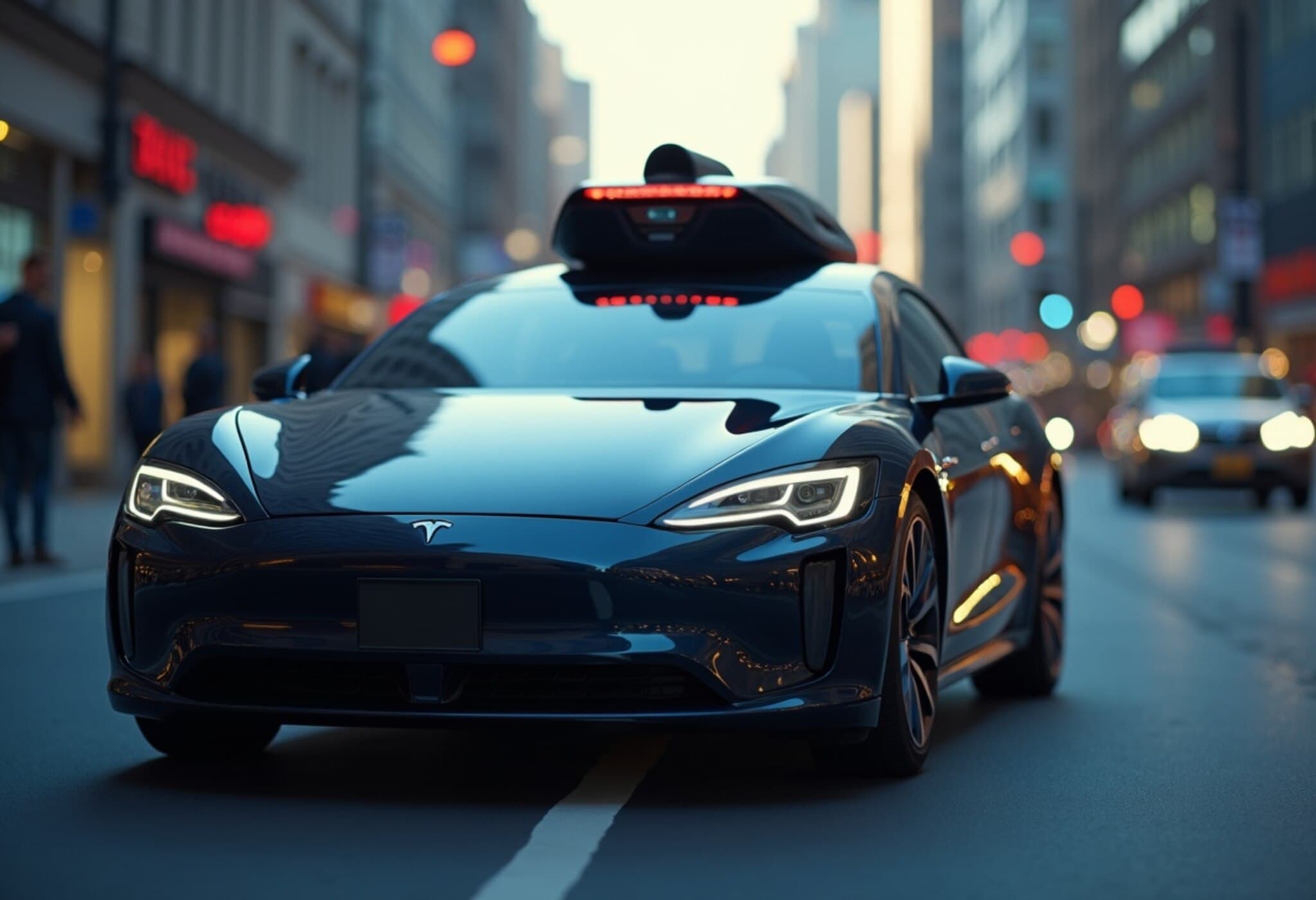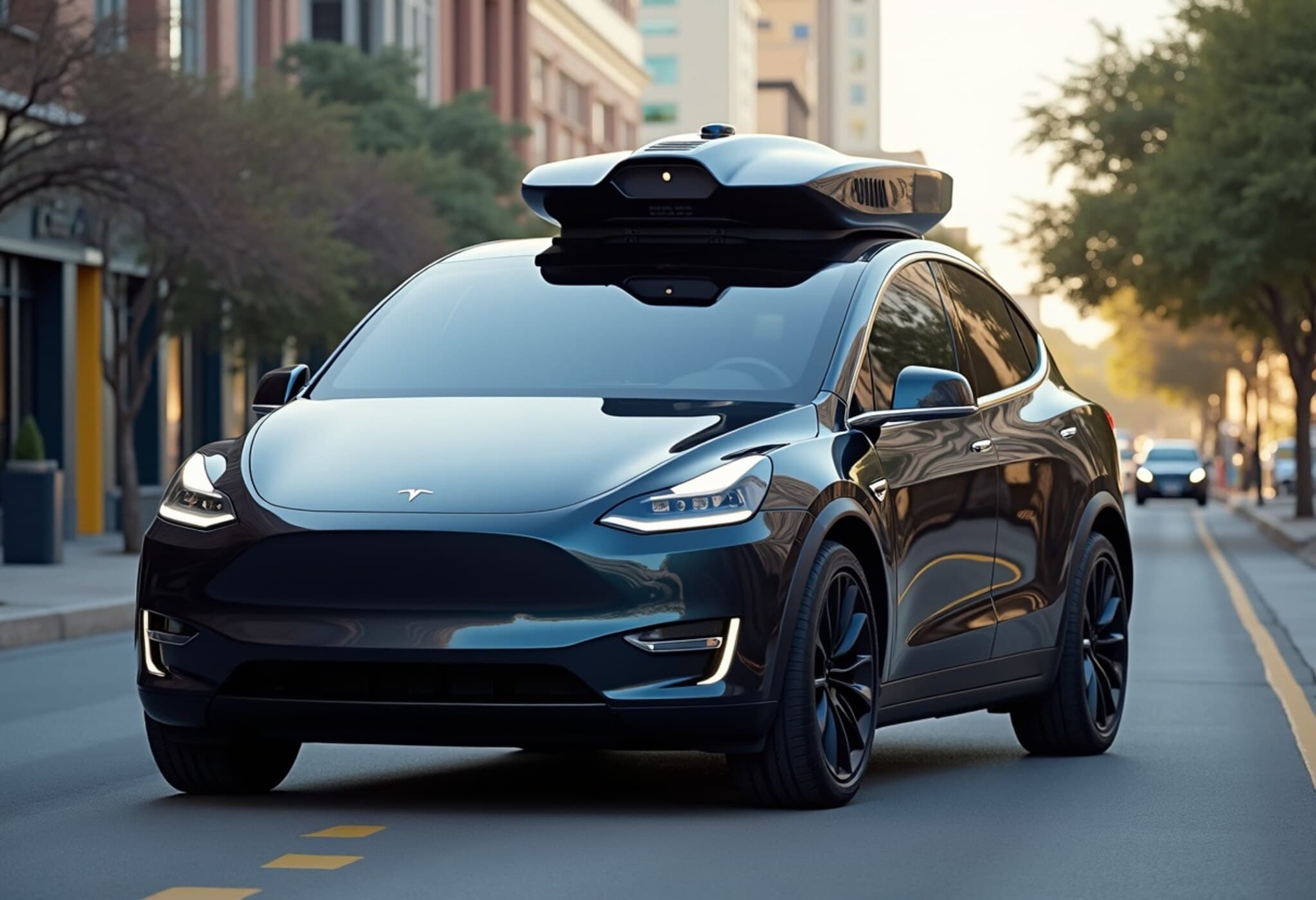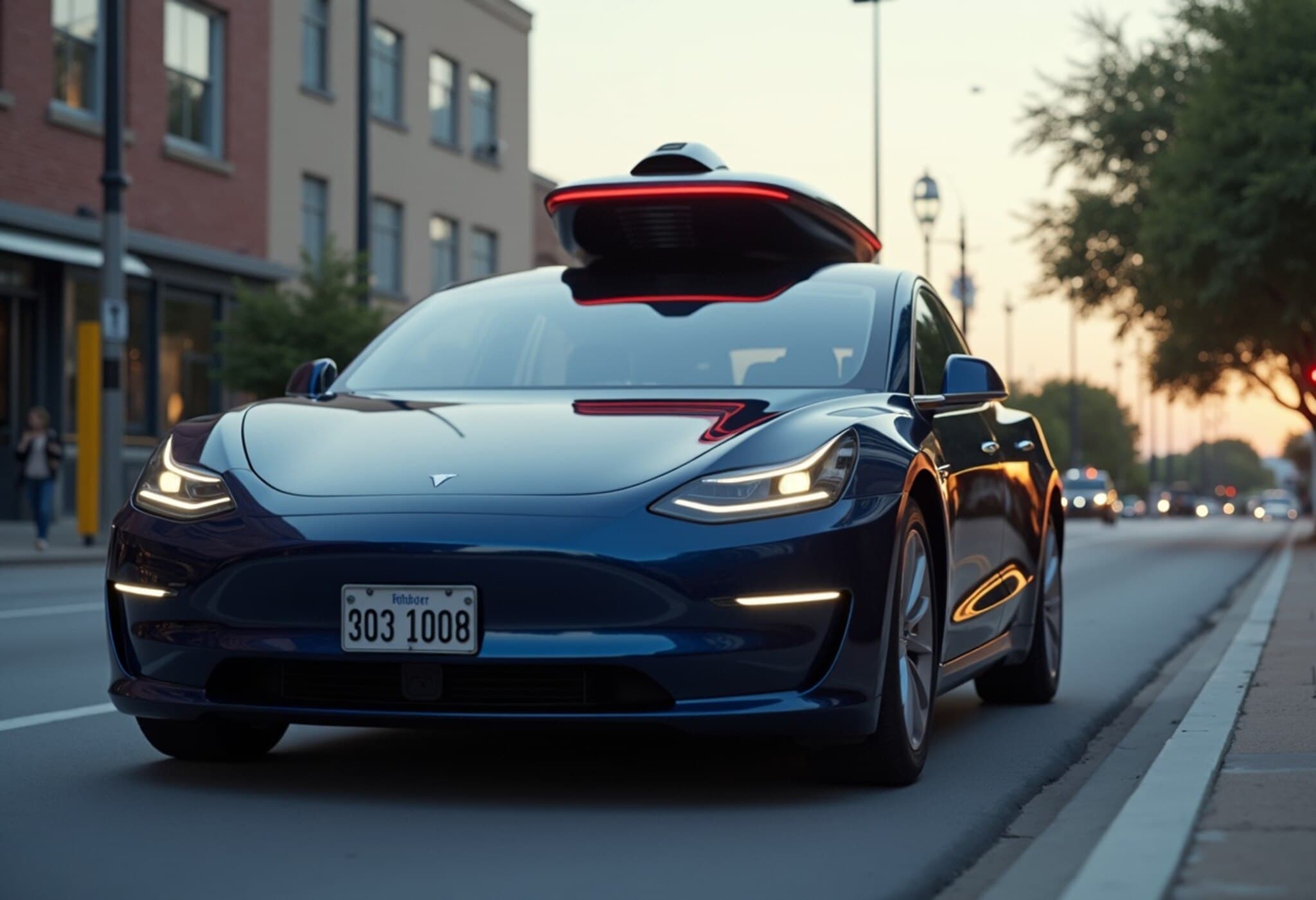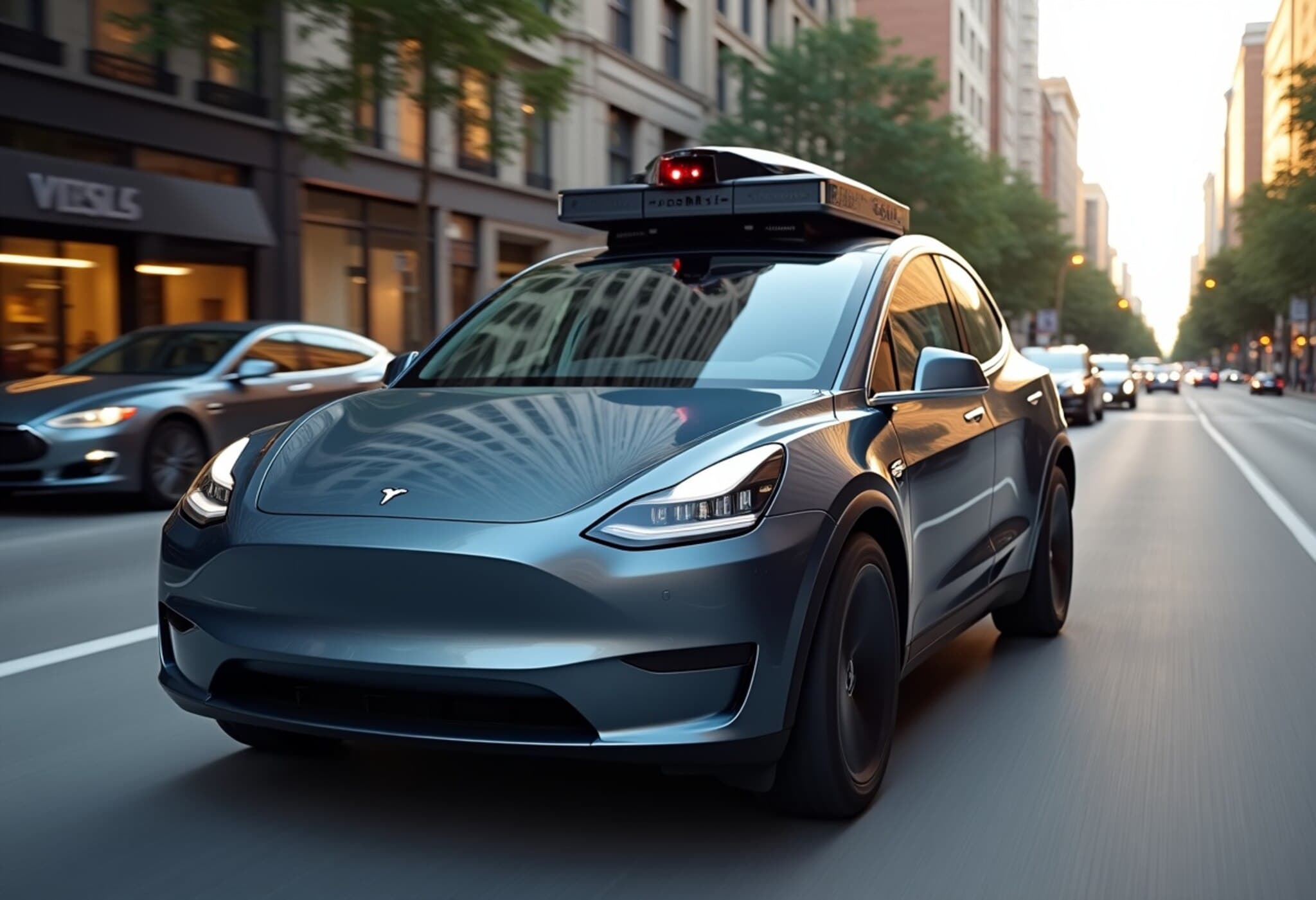Tesla Eyes Robotaxi Expansion Amid California Regulatory Hurdles
Elon Musk, CEO of Tesla, recently hinted at a promising expansion of his company's ambitious robotaxi service into the San Francisco Bay Area during an earnings call. However, the journey toward fully autonomous rides in California is proving challenging due to stringent state regulations that emphasize safety and oversight.
Regulators Draw the Line on Driverless Operations
The California Public Utilities Commission (CPUC) has made it crystal clear: Tesla is not authorized to operate driverless vehicles carrying passengers on public roads in California. According to the CPUC, any public transportation service in the state must have a human driver present, effectively ruling out Tesla's driverless robotaxi ambitions for now.
This stance enforces the principle that Tesla’s operations in California must resemble a traditional taxi service rather than a fully autonomous fleet. The CPUC noted that while Tesla holds a charter-party carrier permit allowing transport with human drivers—similar to limousine or sightseeing operations—this permit doesn't extend to autonomous vehicle (AV) services.
’Friends and Family’ Service Plans Raise Eyebrows
New developments came when the CPUC disclosed that Tesla notified regulators about plans to "extend operations" by offering rides to "friends and family of employees and selected members of the public" throughout the Bay Area. The caveat: these rides must be in non-autonomous vehicles under Tesla's current permit.
This approach can be interpreted as a cautious step by Tesla to keep its foot in the California door without overstepping regulatory bounds. But it leaves critical questions about how and when California riders can expect to experience Tesla’s autonomous technology firsthand.
Distinct Testing Permits Mark a Separate Chapter in Texas
Meanwhile, Tesla’s robotaxi experimentation is more established in Austin, Texas. Here, the company operates a limited robotaxi service using Model Y SUVs equipped with Tesla’s latest automated driving software, restricted to daylight hours within 40 mph speed zones. This program requires a human safety supervisor in the front passenger seat and remote monitoring by Tesla staff, and participation is by invitation only through Tesla’s early access program.
The contrast is stark: Texas’s regulatory environment currently permits driver-assisted testing and limited robotaxi services, offering Tesla a vital playground to refine technologies that California regulators have thus far restricted.
California DMV Challenges Tesla’s Driver Assistance Claims
Besides robotaxis, Tesla's driver assistance features under the branding "Full Self-Driving (FSD) Supervised" have come under fire. The California Department of Motor Vehicles alleges that Tesla has misled consumers by promoting features that imply hands-free driving, even though the official manuals emphasize that drivers must remain attentive with hands on the wheel. This dispute has escalated to proceedings seeking to suspend Tesla’s vehicle sales license in California—a legal confrontation that underscores the tension between innovation and consumer protection.
Community Voices Call for Transparency and Caution
Local officials in the Bay Area, such as Marin County Board members Stephanie Moulton-Peters and Brian Colbert, have expressed surprise and disappointment over Tesla’s apparent silence on expanding services locally. Their reactions encapsulate a broader unease about rapid technological shifts introduced without adequate public communication or regulatory alignment.
Moulton-Peters reflected the ambivalence felt in many communities: while innovations like robotaxis promise benefits, they also evoke concerns about safety, infrastructural impacts, and social change.
Waymo Sets the Benchmark for Autonomous Taxi Services
Meanwhile, Waymo—Google’s autonomous vehicle spinoff—has paved the regulatory path well ahead of Tesla. The company secured extensive DMV and CPUC permits, beginning driverless ride-hailing services in California as early as 2023. Waymo’s more measured progress highlights the complexity of obtaining regulatory trust and community acceptance necessary for scaling driverless transportation.
Implications for the Future of Autonomous Mobility
Tesla’s ambitions to revolutionize transportation with robotaxis face a converging set of challenges: navigating tight regulations, ensuring consumer safety, and maintaining transparent dialogue with communities. The Bay Area, a global technology hub with a cautious regulatory landscape, exemplifies the balance innovators must strike between bold innovation and public accountability.
For American consumers and policymakers, the unfolding Tesla saga reveals how autonomous vehicle technology continues to test the boundaries of legal frameworks and societal readiness. It also puts a spotlight on the urgent need for regulatory clarity, ethical marketing, and robust safety protocols as driverless vehicles approach everyday streets.
What to Watch Next
- Whether California regulators will update permits to allow Tesla’s fully driverless robotaxis.
- The outcome of DMV hearings regarding Tesla’s marketing and safety claims about its driver assistance systems.
- The community’s response and involvement as autonomous ride services expand.
Editor’s Note
Tesla’s eagerness to introduce robotaxi services in California reflects both innovation’s promise and its growing pains. While regulatory safeguards are essential to protect public safety, fostering open communication between companies, authorities, and communities is equally critical to navigate this transformative technological frontier. As Tesla’s robotaxi service inches closer to public roads, the coming months promise to be a bellwether moment for autonomous mobility in the United States.

